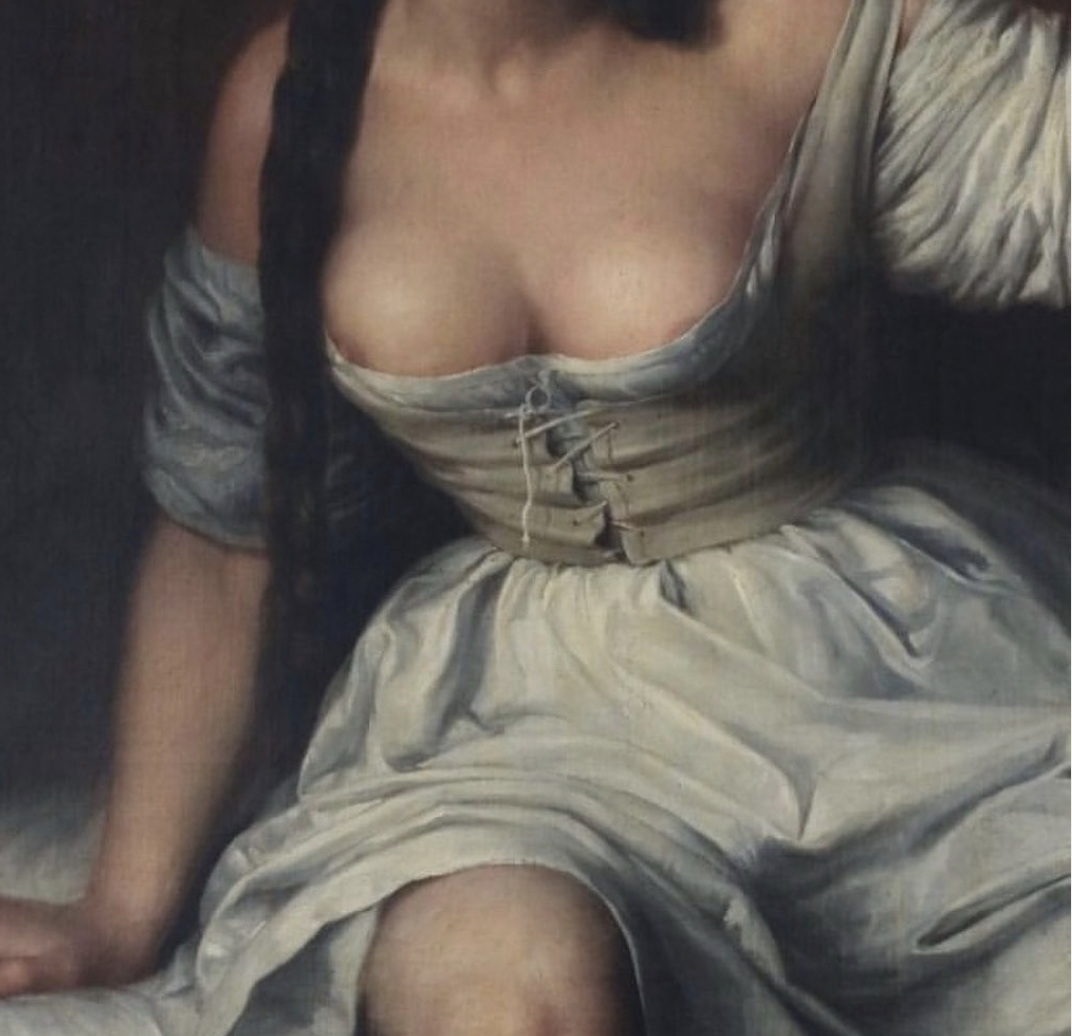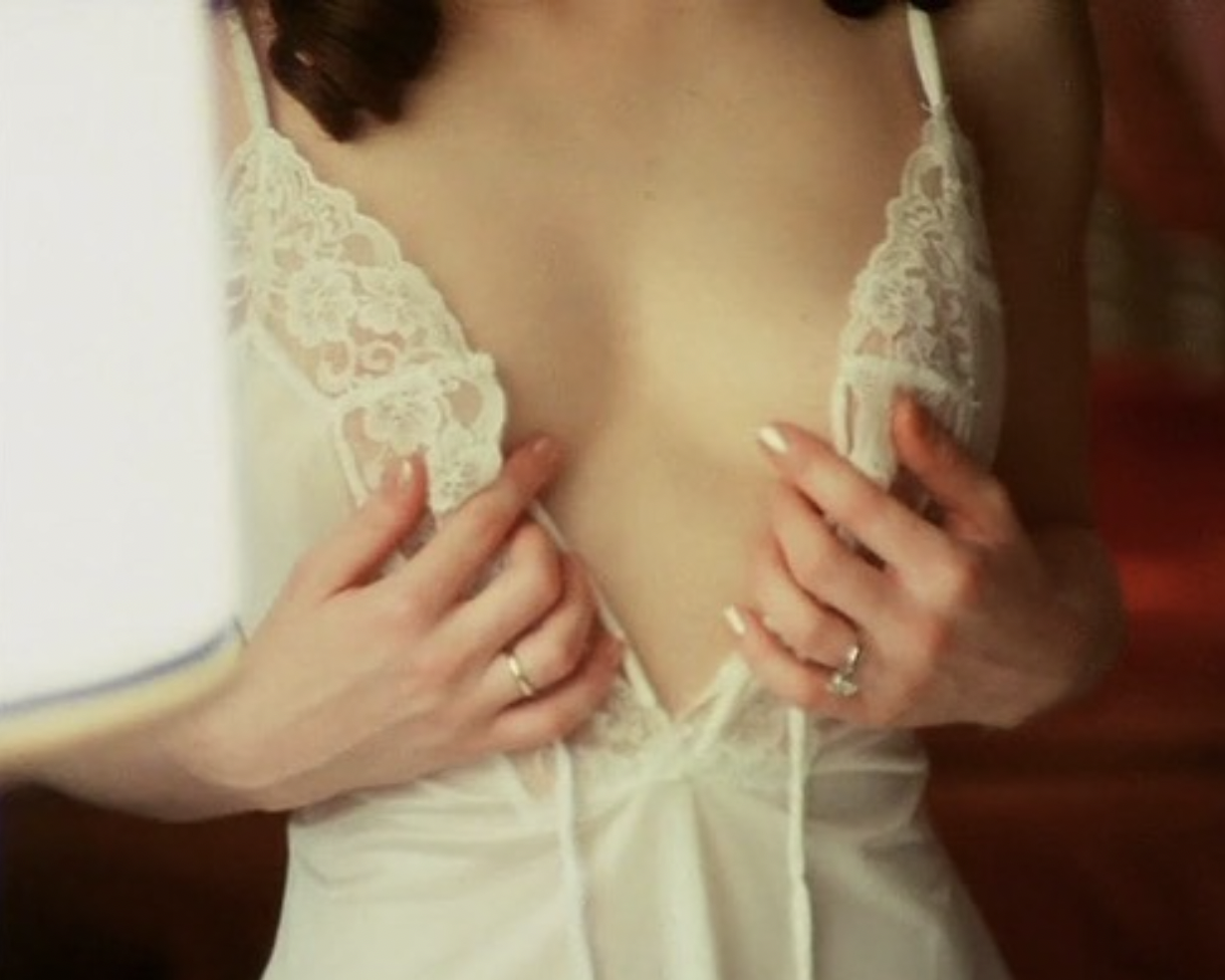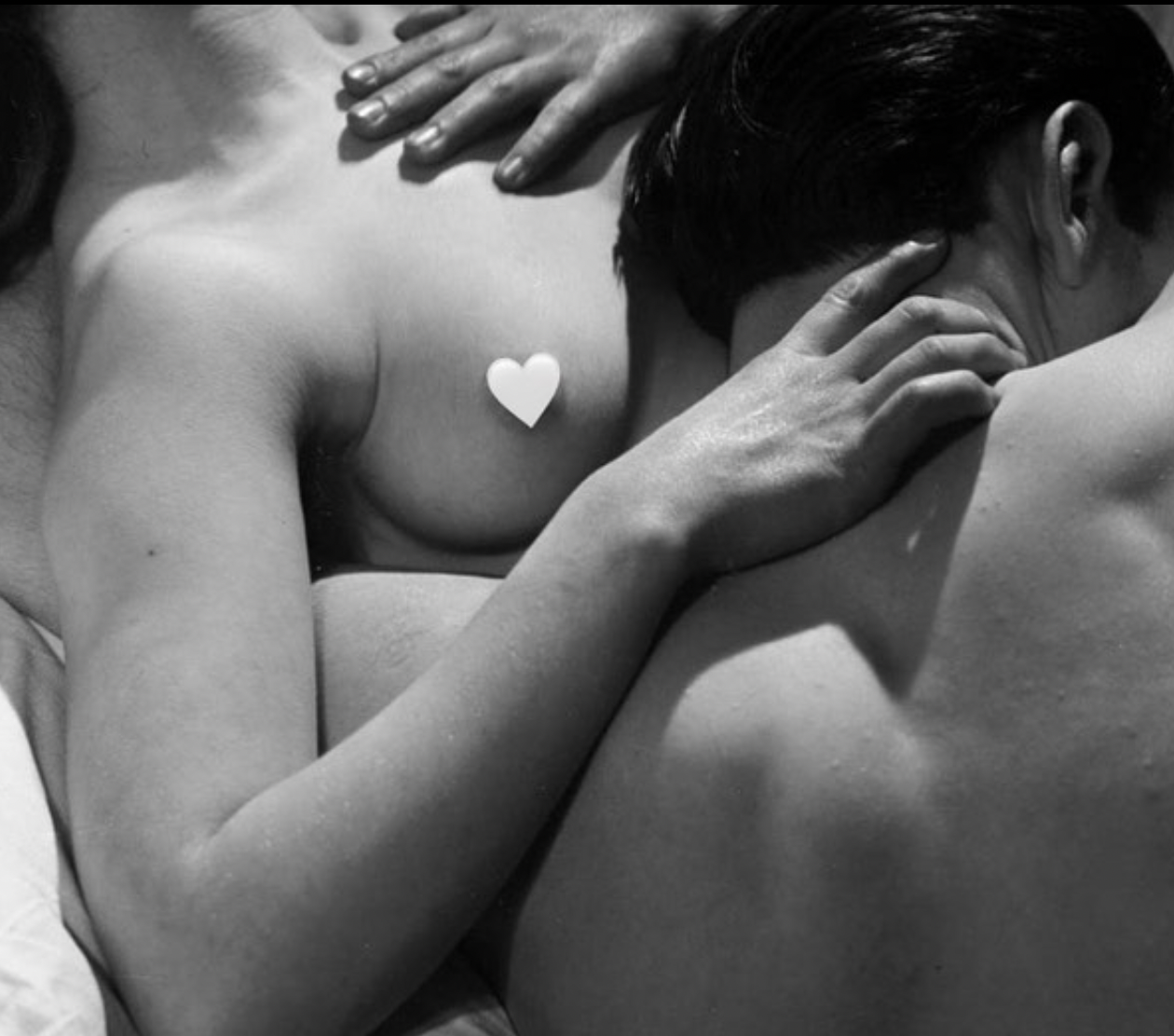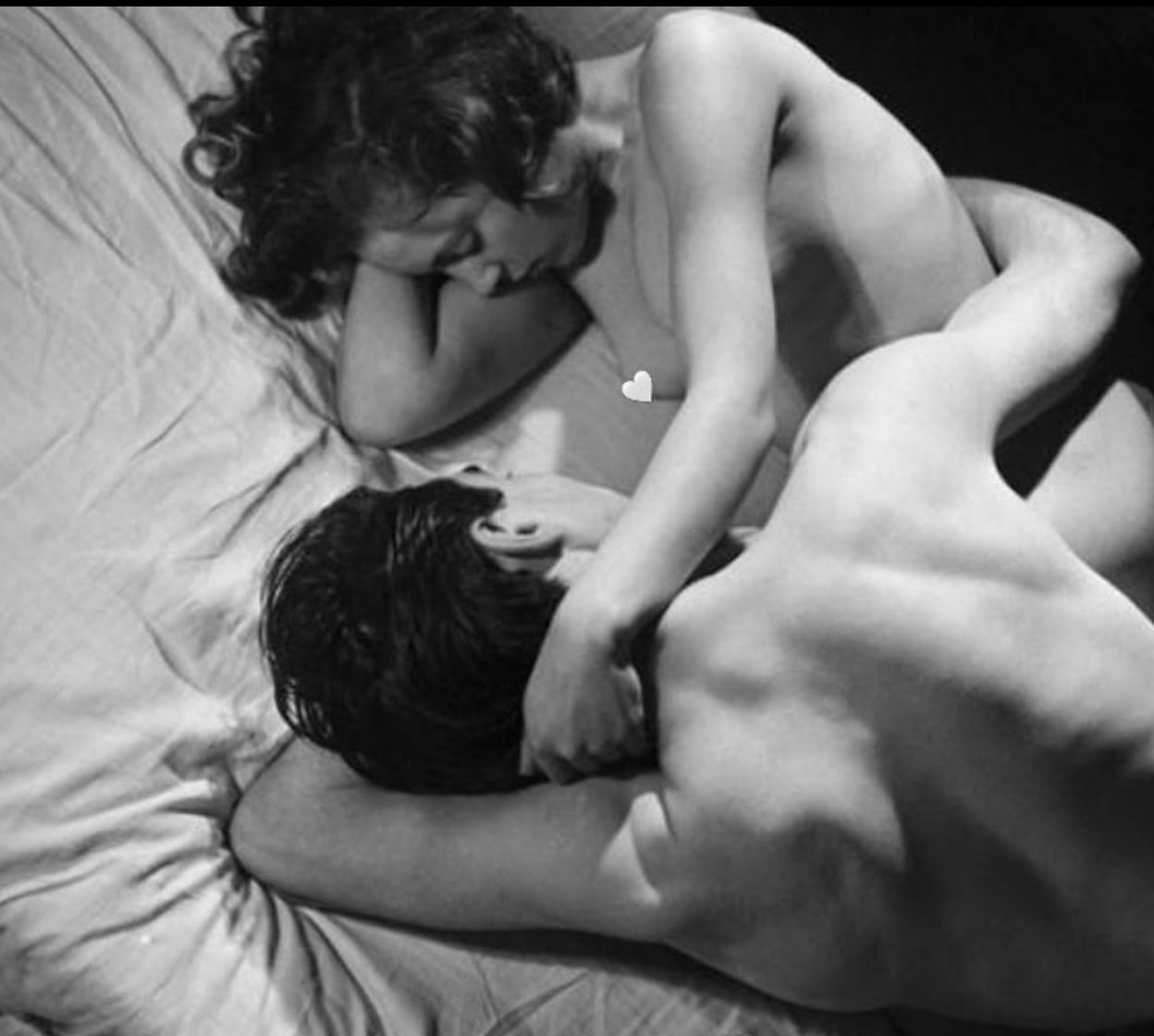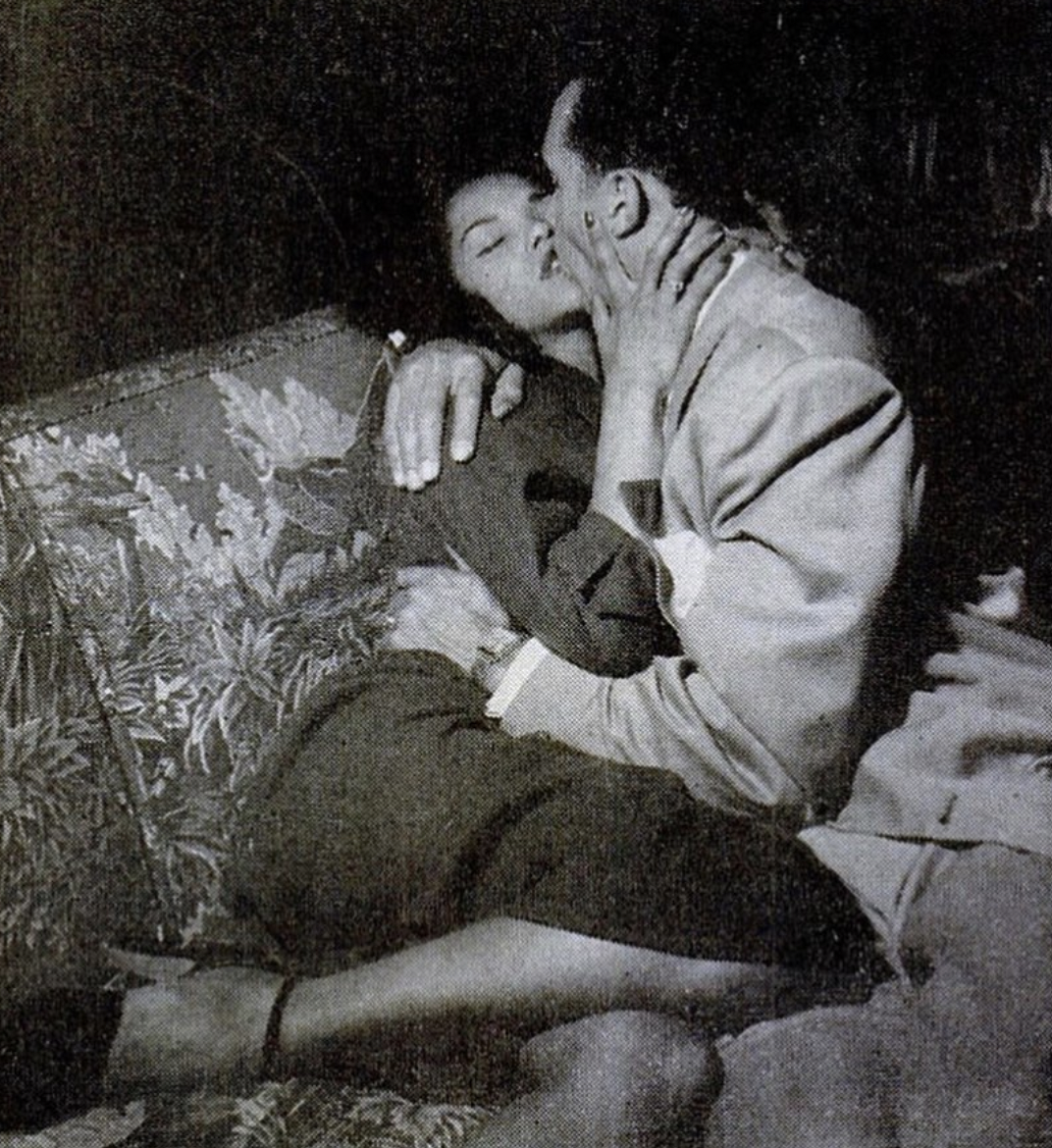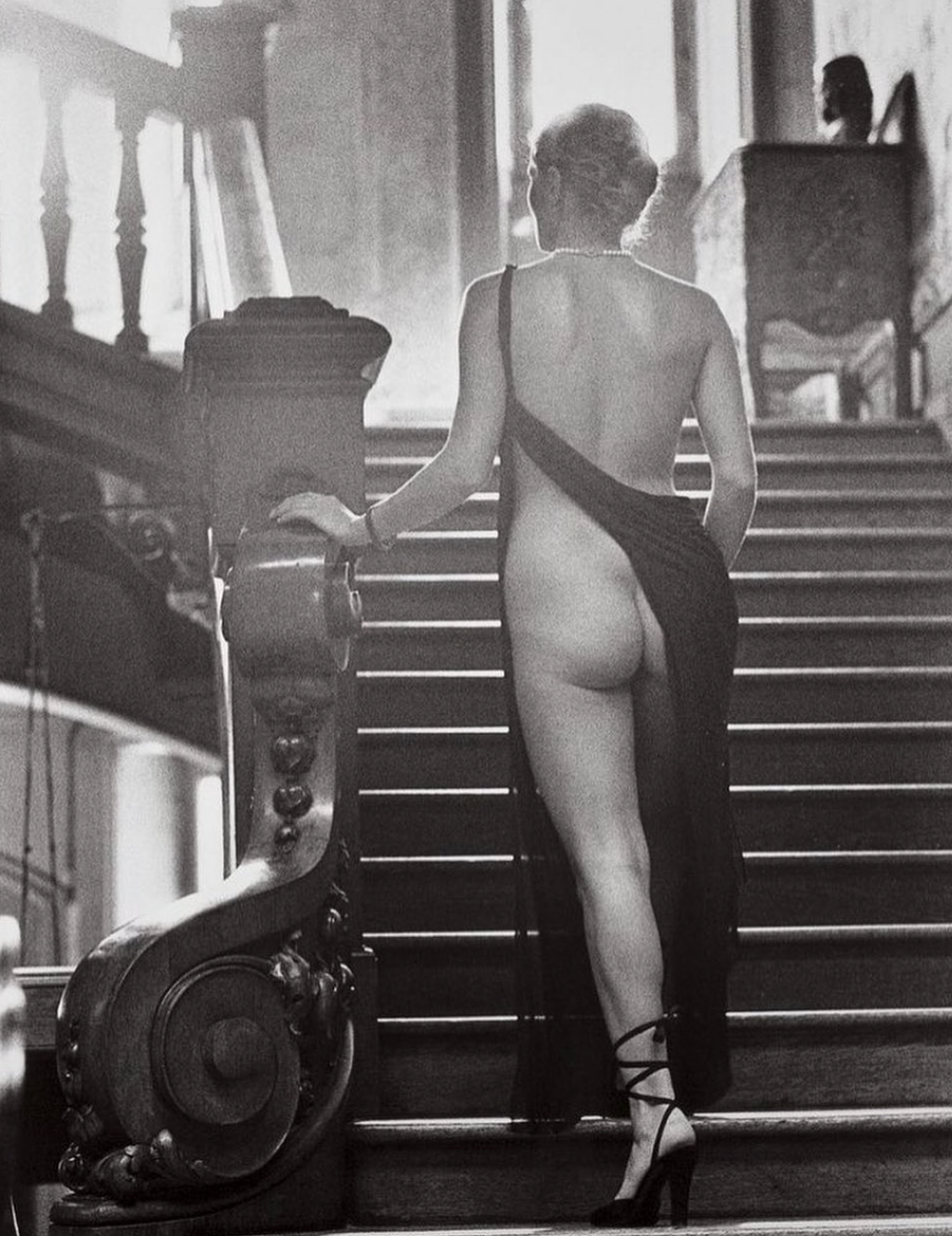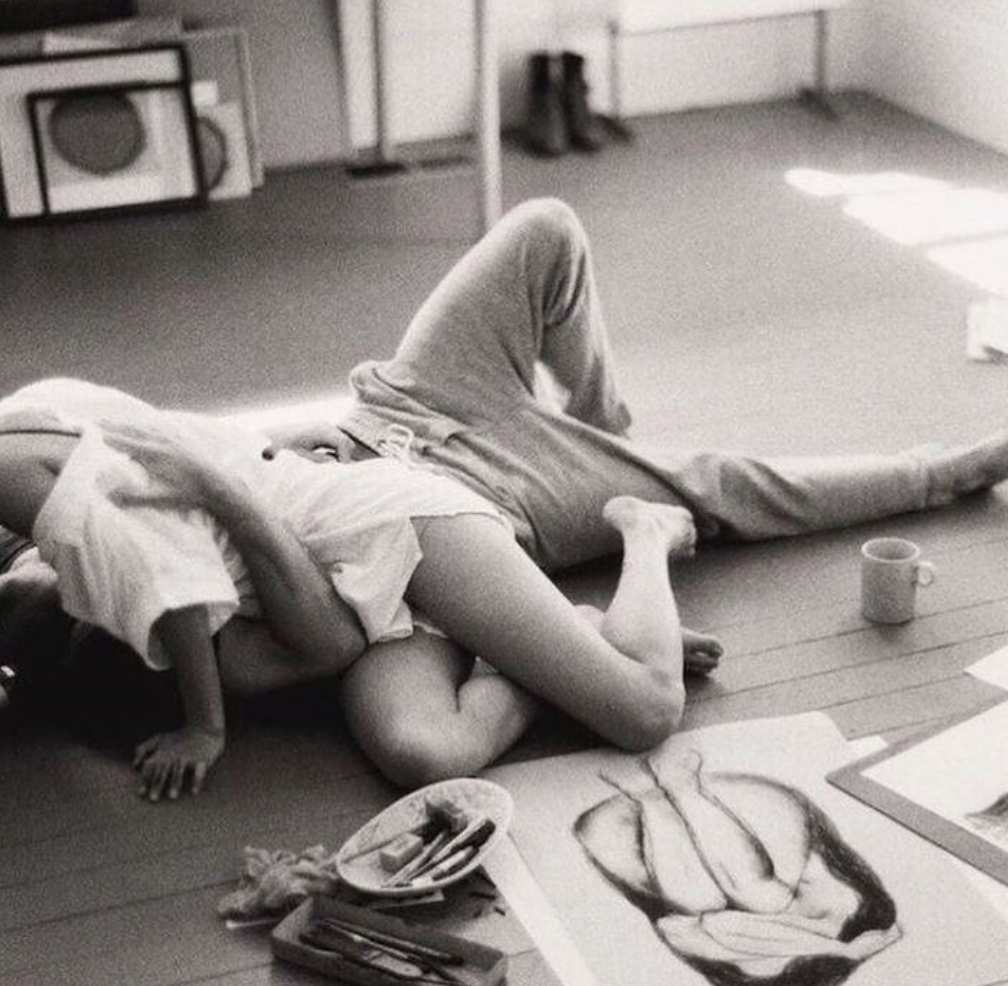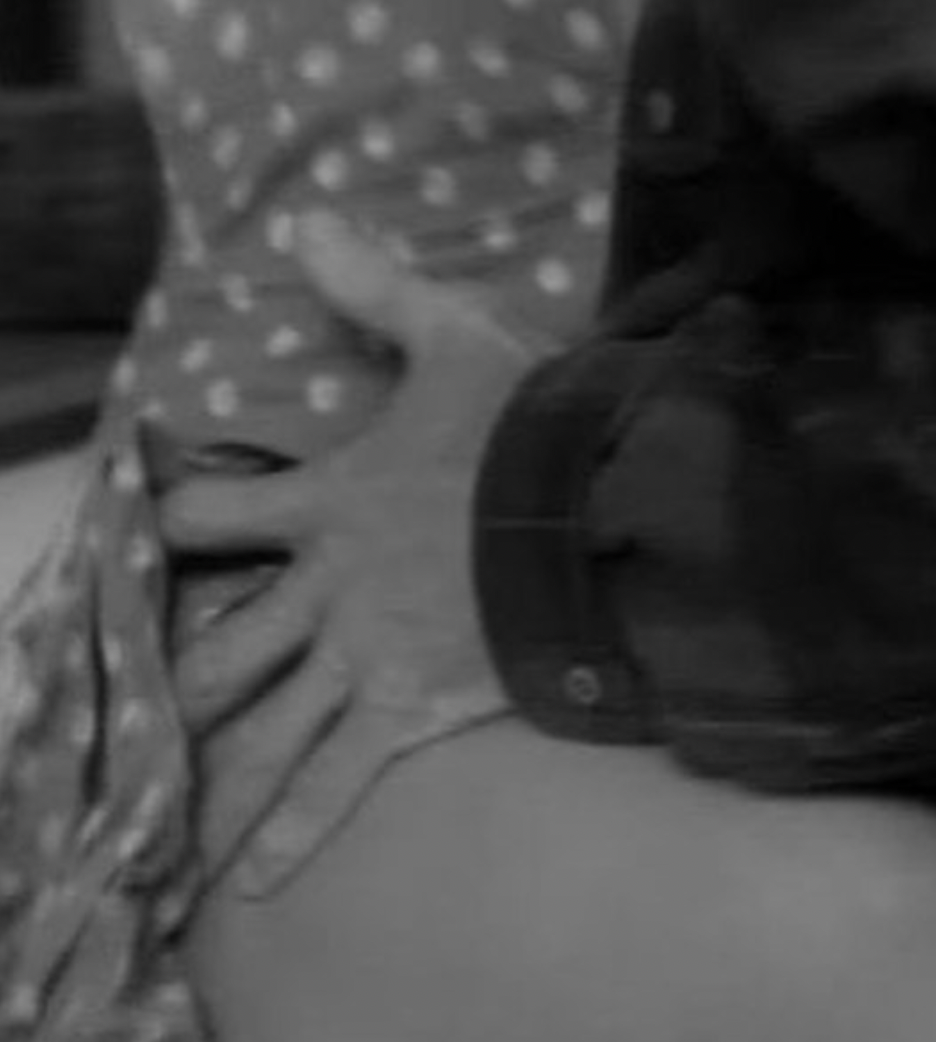For many artists, listening to music while painting is a beloved ritual. Whether it's classical music, pop hits, or ambient sounds, music can enhance the painting process and help artists get into a creative flow.
Music has the power to evoke emotions and set the tone for your artwork. If you're painting a moody landscape, you might listen to soft, melancholic music to help set the mood. If you're working on a bright and lively piece, you might choose an upbeat playlist to match your energy.
Listening to music can stimulate creativity and help artists come up with new ideas. The rhythm and melodies of music can help to free up the mind and inspire innovative and unexpected artistic decisions. When painting, it's easy to become distracted by the sounds of the outside world. Listening to music can help to block out distractions and create a focused and immersive environment, allowing you to concentrate on your artwork.
Painting can be a long and sometimes tedious process, and music can help to provide motivation and energy to keep going. A favorite song or album can provide the inspiration and drive needed to push through a difficult or challenging stage of the painting process.
Just like painting, music is a form of self-expression. By listening to music while painting, artists can tap into their own creative energy and express their emotions and feelings through their artwork.
In conclusion, listening to music while painting can be a rewarding and inspiring experience for artists of all levels. By setting the mood, inspiring creativity, aiding focus, providing motivation, and acting as a form of self-expression, music can enhance the painting process and help artists reach new heights of creativity and inspiration. So next time you're picking up a paintbrush, consider putting on some music and see where the rhythm takes you.




